Body
(Re)colonizing Tradition
A Pedestrian Guide to a "Traditional" City
Welcome to Bhaktapur
[1] The Tea Stall at Guhepukhu
[2] Nava Durga Chitra Mandir
[3] Khauma Square
[4] Tourist Motor Park
[5] Indrani Pitha
[6]Lasku Dhwakha Gate
[7]Char Dham
[8]Cafe de Temple
[9]Batsala Temple
[10] Batsala Temple
[11] City Hall
[12] The Procession Route
[13] Pujari Math
[14] The Peacock Restaurant
[15] Sewage Collection Ponds
[16] Bhairavanath Temple
|
A Hyphenated Place
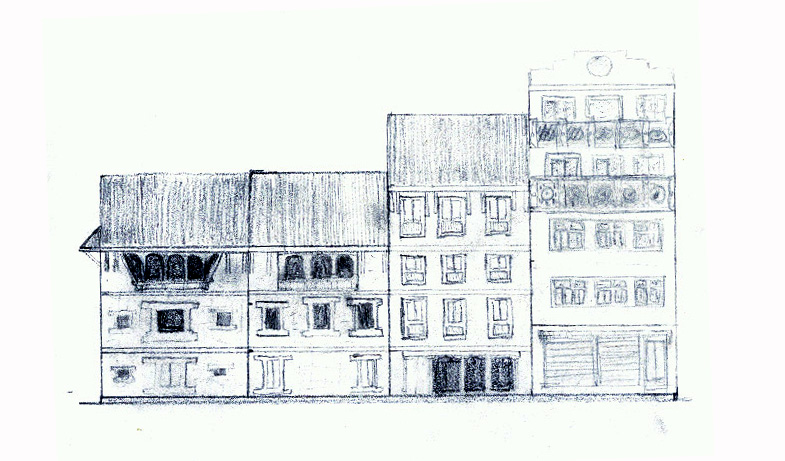 In his work To Take Place, Jonathan Z. Smith, argues that place (as religious space) is constructed by microadjustments (1987). Yet, what kind of place is Bhaktapur? As should be obvious by your walk through Khauma Square, with its mix of tourism, industry, politics, and religion, Bhaktapur¹s everyday lived reality is made up of an enmeshed, intertwined web of banal mutually dependent occurrences. These pedestrian knowledges, however, are not accidental, but are a dialexic between the cultural strategies available and the agency that is produced by a person¹s desire and power. In his work To Take Place, Jonathan Z. Smith, argues that place (as religious space) is constructed by microadjustments (1987). Yet, what kind of place is Bhaktapur? As should be obvious by your walk through Khauma Square, with its mix of tourism, industry, politics, and religion, Bhaktapur¹s everyday lived reality is made up of an enmeshed, intertwined web of banal mutually dependent occurrences. These pedestrian knowledges, however, are not accidental, but are a dialexic between the cultural strategies available and the agency that is produced by a person¹s desire and power.
"Place" is space to which meaning has been ascribed. The masked dancers, the tourists, and the dog Tarzan indicate, as Mark Liecthy has shown for Kathmandu that Bhaktapur is not a medieval fossil, but is rather a hybrid social space composed of local logics marbled with traces of global flows (1996).
Taxis waiting for fares back to Kathmandu are spread in a thick layer to the main gate. The square is also the first place where tourists are assaulted by guides, small girls selling bags, and, in what seems like an eternal con, young boys asking for the purchase of a dictionary which they then go and sell back to local book shops. The southern part of the square is made up of a long line of souvenir hawkers.
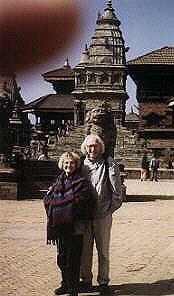 Yet the square¹s hybridity is not just about tourism. For instance, if you look west of the sata you may be wondering about the foundation without a temple. The Shiva-Parvati Temple was destroyed in the earthquake of 1934 and has yet to be reconstructed. The television dish that now seems to sit on top of it is a satellite receiver for the cable company, which is run locally by Bal Krishna Sharma [H].
Yet the square¹s hybridity is not just about tourism. For instance, if you look west of the sata you may be wondering about the foundation without a temple. The Shiva-Parvati Temple was destroyed in the earthquake of 1934 and has yet to be reconstructed. The television dish that now seems to sit on top of it is a satellite receiver for the cable company, which is run locally by Bal Krishna Sharma [H].
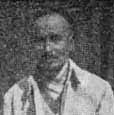 A bronze [J]bust just to the east of Khauma¹s hiti: is that of Jagat Sundar Malla, who was an educator and social reformer for Newar rights. This statue had be reinaugurated by Narayanman Bijuchhe(n), who is known by his nom de plume as Comrade Rohit. He has been the chairman of the leftist political party the Nepal Peasant and Workers Party (Nepal Majdur Kisan Sangh or NeMaKiPa) that has controlled the municipal government since the People¹s movement in 1990. The statue had been confiscated by the Nepalese central government in 1985.
A bronze [J]bust just to the east of Khauma¹s hiti: is that of Jagat Sundar Malla, who was an educator and social reformer for Newar rights. This statue had be reinaugurated by Narayanman Bijuchhe(n), who is known by his nom de plume as Comrade Rohit. He has been the chairman of the leftist political party the Nepal Peasant and Workers Party (Nepal Majdur Kisan Sangh or NeMaKiPa) that has controlled the municipal government since the People¹s movement in 1990. The statue had been confiscated by the Nepalese central government in 1985.
  
|
Maps
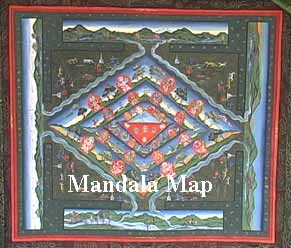
Mandala Map
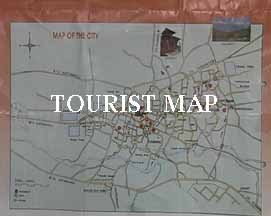
Tourist Map

Government
Map
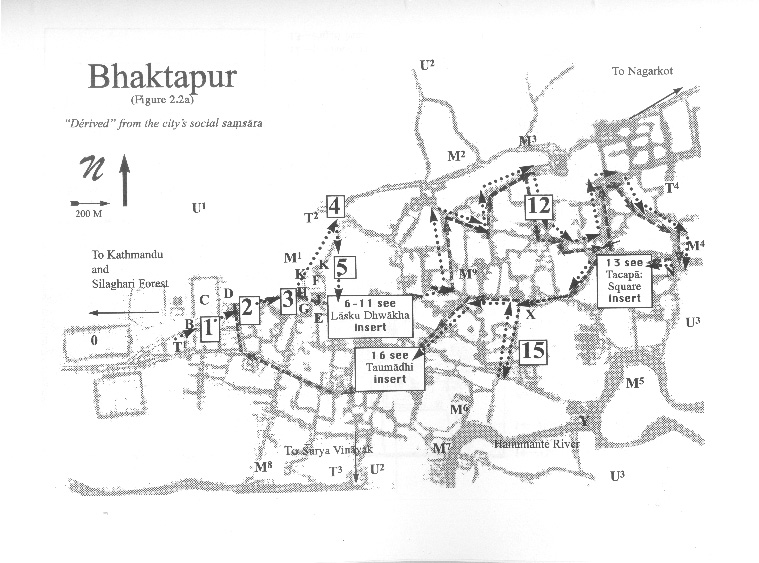
Pedestrian
Tour Map
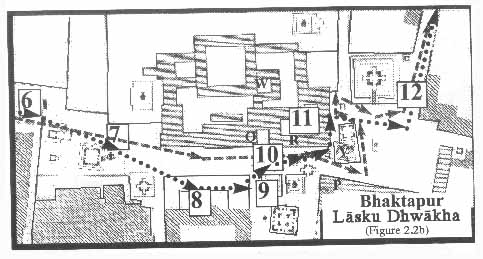
Bhaktapur
Durbar Square
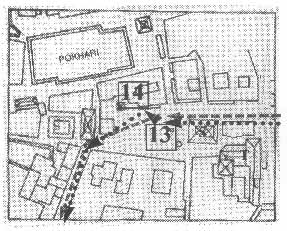
Tacapa Map
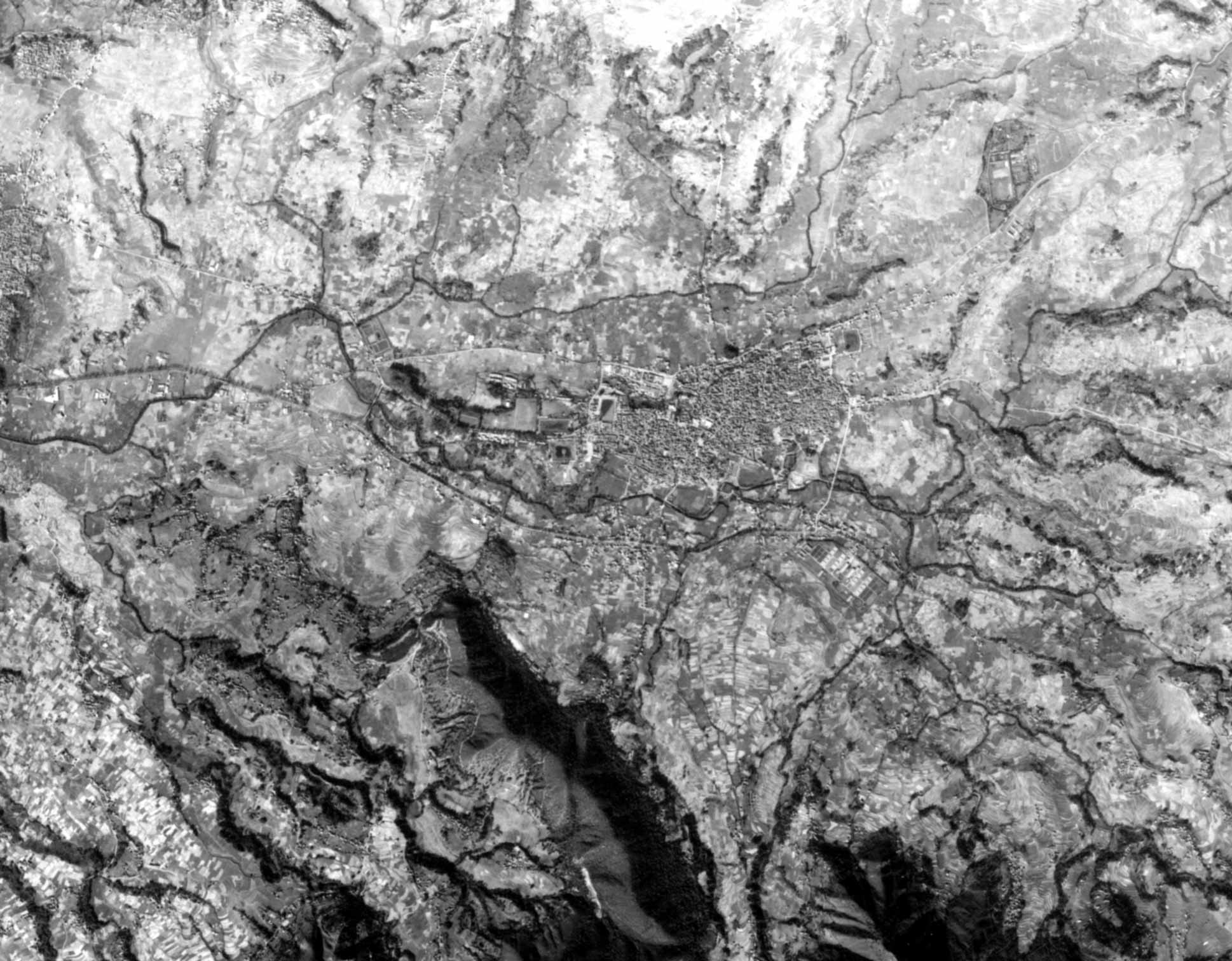
Satellite
Photograph
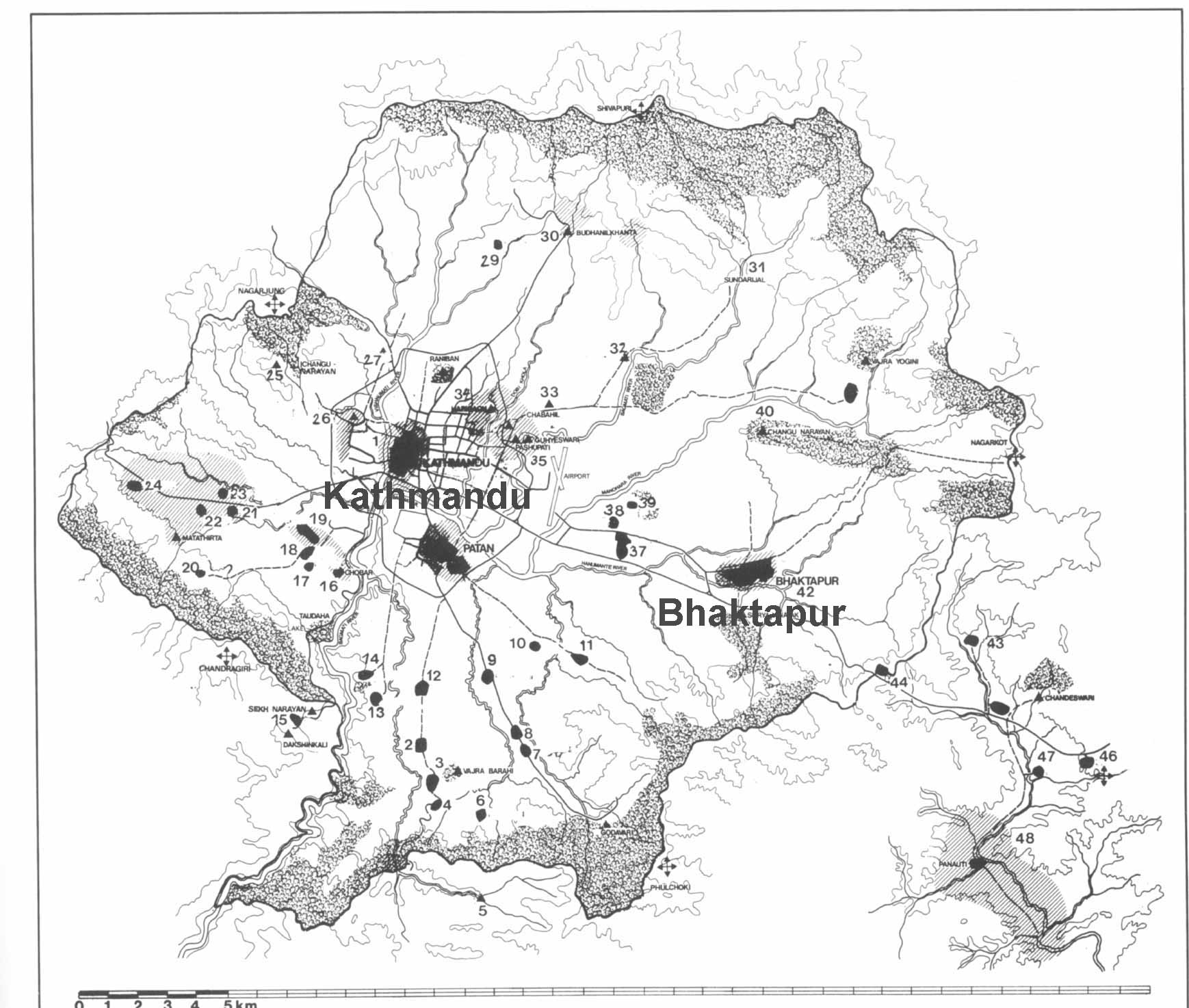
Kathmandu
Valley
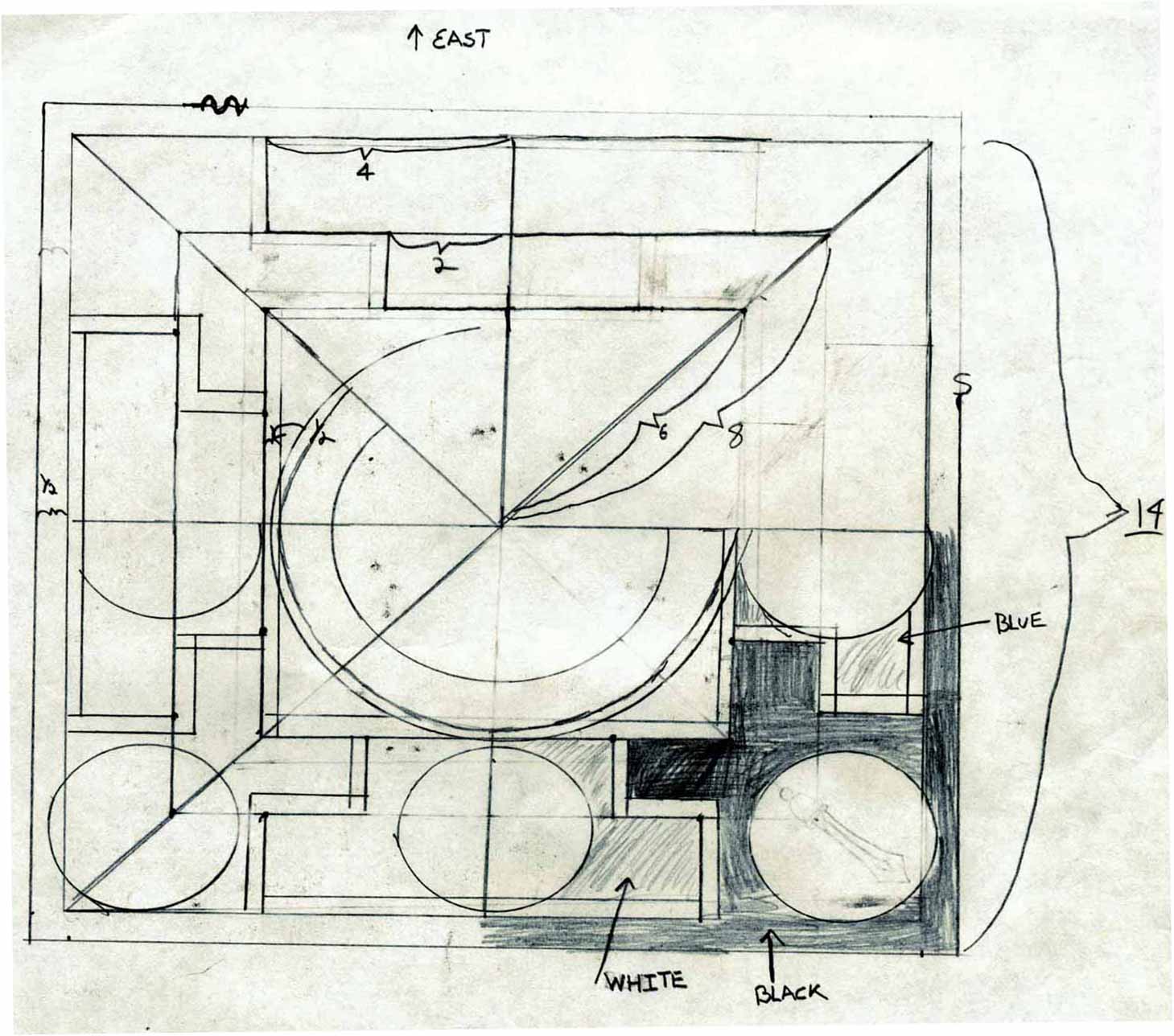
Goddesses
|